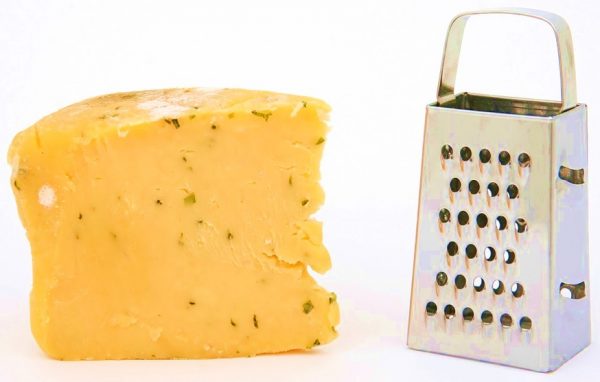
Tips to avoid food poisoning
Food poisoning (or foodborne illness) happens when you get sick from eating or drinking something that has harmful germs in it – like bacteria, viruses, or parasites.
Two common causes of food poisoning are E. coli and Salmonella.
What causes food poisoning?
You can get food poisoning from eating bad (contaminated) food. Bacteria are the most common cause of food poisoning. Bacteria can get into food in several ways.
- Raw meat, poultry (like chicken and turkey), fish, vegetables, and fruit may pick up bacteria where they are grown or packaged.
- Foods can also pick up bacteria at the store or in the kitchen. This can happen when you don’t wash your hands – or when food that needs to be kept cold is left out at room temperature for more than 2 hours.
How do I know if I have food poisoning?
Some signs of food poisoning include:
- Stomach cramps
- Vomiting (throwing up)
- Diarrhea (frequent, watery poop)
- Fever
- Headache
- Body aches
Signs of food poisoning can start hours or even days after eating bad food. Usually the effects only last for 1 or 2 days, but they may last up to 2 weeks.
The treatment for most cases of food poisoning is to drink lots of fluids, like water. For a more serious illness, you may need treatment at a hospital.
When do I need to see a doctor?
Get medical help right away if you:
- Are throwing up many times a day for more than 2 days
- Can’t drink or keep down any liquids for 24 hours
- Have blood in your vomit or stools (poop)
- Have a fever higher than 101.5 °F (degrees Fahrenheit)
- Have extreme pain or cramping in your stomach
- Are feeling very weak, dizzy, or lightheaded
- Who needs to be concerned about food poisoning?
- Anyone can get sick from eating bad food. But food poisoning is a serious health risk for some people.
Following good habits like these can help protect you and your family from food poisoning:
- Buy food from stores that look and smell clean.
- Don’t buy food past “sell by,” “use by,” or other expiration dates.
- Wash your hands often with warm water and soap – especially before and after touching food.
- Make sure food is cooked to a safe temperature.
- Keep raw meat, poultry, and seafood away from cooked and ready-to-eat food.
- Keep cold foods cold and hot foods hot. This helps prevent bacteria from growing.
Follow these other safety tips when you choose food at the store:
- Check the expiration (“use by” or “sell by”) dates on everything you buy.
- Don’t buy cans that are leaking, bulging, rusty, or badly dented.
- Don’t buy bottles or jars with “popped” lids or broken seals.
- Make sure frozen food packages aren’t open or crushed.
- Buy eggs that have been kept in the store’s refrigerated section. Make sure they are free of cracks and liquid.
- Put meat, fish, and poultry (like chicken and turkey) in plastic bags – or separate them from other food in your shopping cart. This will keep them from dripping onto your other food.
- Make sure frozen food stays frozen.
- Shop for frozen foods last so they are less likely to thaw before you get them home.
- Don’t buy packages with frost or ice crystals – these are signs that the food became warm and then refroze.
- Plan ahead to get food home safely.
- Put cold foods into a refrigerator or freezer as soon as possible.
Stay safe from food poisoning when you eat out: These tips can help you enjoy healthy, safe meals away from home.
- See if a restaurant looks clean before you even sit down. If the restaurant doesn’t look and smell clean, eat somewhere else.
- Order your food fully cooked (well-done), especially if it’s meat, poultry, fish, or eggs. Cooking kills germs.
- To be safe, hot food needs to be served hot, and cold food needs to be served cold. Send back your dish if it’s the wrong temperature.
It is important to understand about food storage, restaurant food quality, temperature at which various foods can be stored.
Reference: https://healthfinder.gov
Image credit: Image by Shutterbug75 from Pixabay (Free for commercial use)
Author: Sumana Rao | Posted on: July 6, 2017






















Write a comment